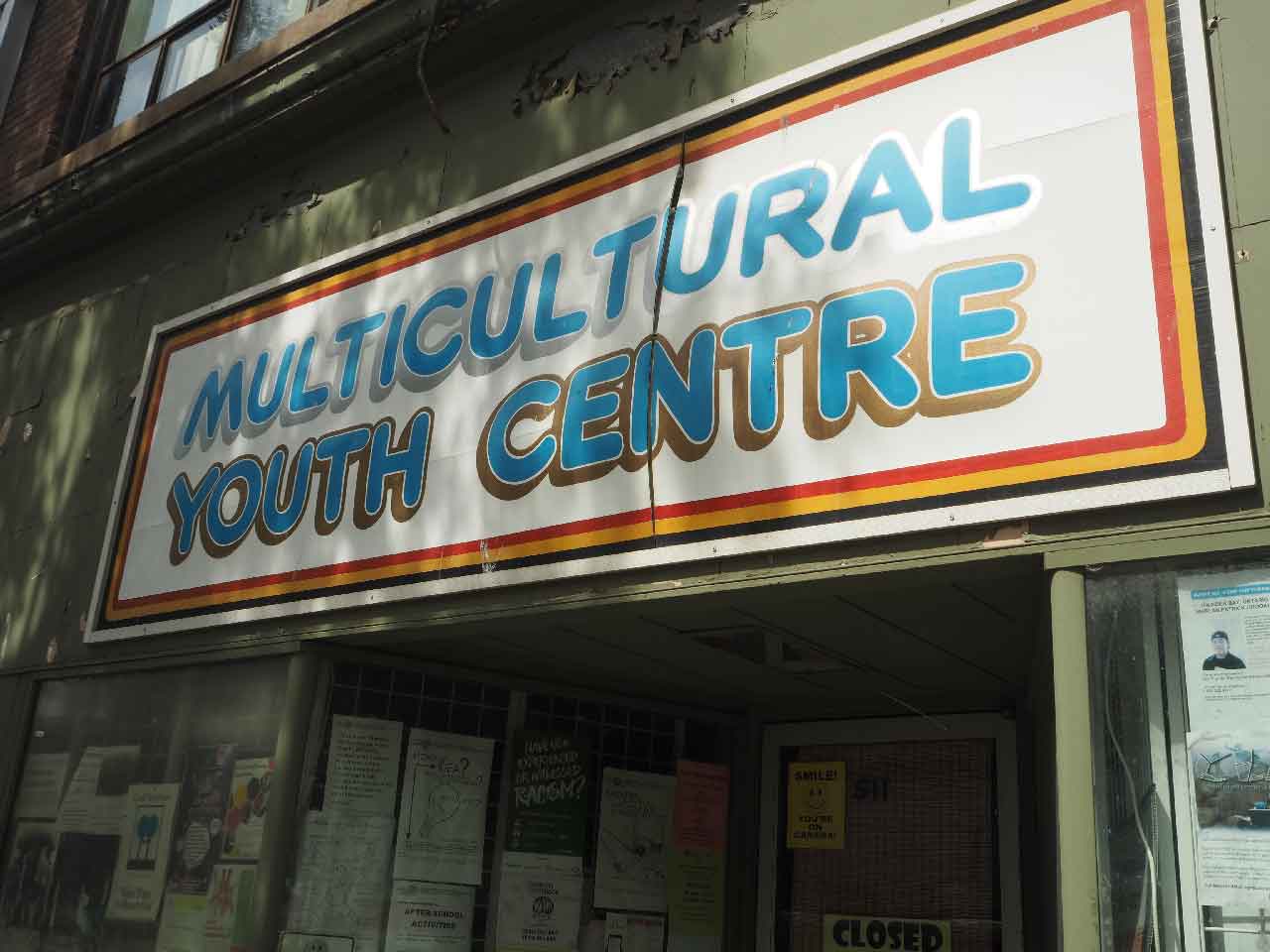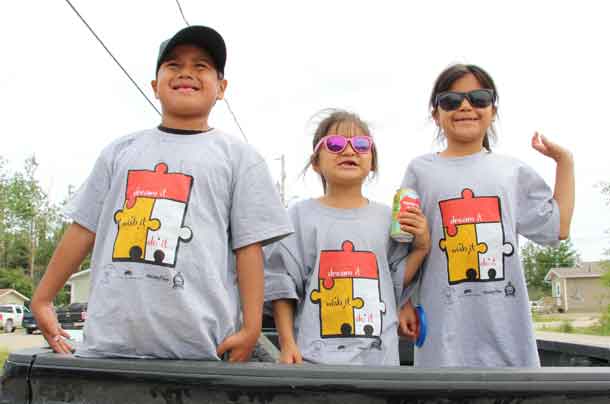Is This the Right Approach?
Thunder Bay – NEWS – Things are often very hard for young people trying to make their way in the world today.
Facilities for youth activities, especially for teenagers are in many ways lacking. The COVID-19 pandemic has made the path forward for young people difficult. Left to find their own path, many youth end up stuck in the mud of addictions, crime, homelessness and other problems.
In response, this week, the Ontario government launched 11 new community-based programs in Ottawa, Hamilton, London, Thunder Bay, Toronto and neighbouring Indigenous communities to prevent youth from becoming involved in gun violence, gang activity and victimization, including human trafficking.
“Supporting youth and families is a critical part of our government’s Anti-Human Trafficking and Guns, Gangs and Violence Strategies to reduce violence and confront human trafficking crimes in Ontario communities,” stated Attorney General Doug Downey on making the announcement.
“We are determined to dismantle the criminal networks that prey on young and vulnerable people in our neighborhoods, and these encouraging new programs will help communities fight back against gun, drug, and human trafficking which fuels gang operations and the continued recruitment of at-risk youth and young adults.”
“These new programs further underline our government’s commitment to address the root causes and risk factors of violence as well as prevent criminal activity, including human trafficking, through our Guns, Gangs and Violence Reduction Strategy,” added Solicitor General Sylvia Jones. “These valuable community supports will help prevent at-risk youth from becoming involved in gun and gang violence or falling prey to human trafficking.”
Across Western Ontario, The funding for youth is going to go to the Nishnawbe-Aski Legal Services Corporation, and Treaty Three Police.
There is $325,000 in funding for Nishnawbe-Aski Legal Services Corporation which will be used for for hiring an Alternative Dispute Resolution facilitator, and an aftercare worker for Indigenous youth facing crisis, violence, human trafficking, homelessness, drug addiction, mental health issues, lack of education, legal issues, lack of life skills and basic needs.
In Grand Council Treaty Three territory, the Treaty Three Police Service will see $191,000 which they will use to do a capacity building program to build on efforts to protect women and girls from violence, and to provide women and girls with needed skills so that they can more successfully leave their home communities and seek education.
The Ontario Government does share if this is one time funding or if there will be long-term funding for these projects.
The question should be asked, will this work?
Is this funding going to have the desired impact?
The Ontario Government says that this will help. As background the province says:
- Since 2013, approximately 60 per cent of firearm-related cases at the Ontario Court of Justice involved accused persons who were under the age of 29 at the time of the offence.
- In 2019, 65 per cent of known human trafficking victims identified by police were under the age of 25 and 22 per cent were under 18.
- In 2016, 13 per cent of victims of violent crime in Ontario were children and youth. In the same year, children and youth represented eight per cent of all victims of homicide and other offences causing death.
- The federal government has provided Ontario with $3.7 million over two years for the Youth Violence and Human Trafficking Prevention Program.
- The Youth Violence and Human Trafficking Prevention Program is part of Ontario’s broader Guns, Gangs and Violence Reduction Strategy in which both the provincial and federal governments have invested a combined total of approximately $112 million since established in 2018.
Does it sound like Ontario is really getting it?
Think of what the Ford Government is saying here. The youth are being looked at as potential criminals, potential gang members, and victims of human trafficking.
From what they are saying, it is hard to figure out if they are looking to be reactive rather than being proactive.
The truth is they are not. This kind of funding is reactive.
It likely will have an impact on youth already getting their lives mired in the gumbo mud of the system.
What is needed more than efforts to deal with youth who likely have become part of the system, likely through either criminal courts or the health care system is efforts to ensure that youth are never a part of that system in a bad way.
Youth programs, youth centres, and working to provide positive direction for young people is far less costly preventative medicine than dealing with the problems once police, the courts and the jails are involved.
In Thunder Bay, there is a chronic shortage of spaces at the detox centre. There is a major shortfall in treatment facilities.
An addict looking to quit is doing so often in a short window, which if there are delays, that individual might simply shrug their shoulders and return to the trap of addiction.
Part of the problem for politicians is perhaps a fear of putting money into drug and alcohol treatment programs. There is a concern that taxpayers will grumble.
Those are the same taxpayers who complain about the high cost of policing and the increased crime. It is going to take political courage to lead here, and to take the needed risk in investing in the futures of people.
Fortunately in Ontario, there is a political pathfinder. Minister Michael Tibollo, the Associate Minister for Mental Health and Addiction has proven that by working to put positive into the lives of people there isn’t negative political fallout.
With Minister Tibollo’s continued voice at the cabinet table we can hope that the Ontario government can continue to expand needed mental health and addiction programs as well as programs to prevent problems.
The goal is being pro-active.
Prevention is a better path forward than reaction
In Thunder Bay it was only a few years ago that the citizen satisfaction survey put youth centres atop the list of needed facilities in the city.
There was a pilot project funded. Then the COTB took over the project, and for the most part it appears to have been left behind.
Citizens Moved Where Politicians and Administrations Dared Not Go!

The importance of youth to our community can be seen in how the people stepped up to help fund a building for the Underground Gym. There has been continued community support for the efforts Peter Panetta is doing.
By contrast at the City of Thunder Bay level, while there is a Children’s Charter, and there was a Children and Youth Advocate on City Council, first former Westfort Councillor Virdiramo and then Councillor at Large Frank Pullia, that position remains vacant on the current Council. A move that perhaps speaks louder than the City of Thunder Bay realizes.
Perhaps some on Council who saw the massive number of hours Councillor Pullia put into the effort have shied away because they don’t have that same drive?

There is a lot of work being done too by Moffat Makuto and the Regional Multicultural Youth Council.
There isn’t a lot of local government support going to these two vital organizations.
However from the efforts to support the Underground Gym perhaps is the impetus for grassroots community funding for the RMYC as well.
Thunder Bay also needs grassroots groups helping spread the wellness message. There was a Bear Clan Patrol, we have the fledgling Lynx Clan Watch, and there are a few other grassroots efforts. More is needed, along with the resources to help them get solid footing in the community.
There is room here for senior levels of government to step in and help. There is also room as repeatedly shown by people to step up and make a difference.
Does Pro-Active Effort Save Money? Yes!
In 2016-17, an average of 14,310 offenders were in federal custody. The average institution-specific expenditure associated with each inmate were $114,587 /year or $314/day per offender and 96% of those cost are attributable to custody.
This doesn’t include the cost of police, courts, and lawyers.
Imagine if the grassroots organizations in Thunder Bay dealing directly with the youths were given $10,000 per young person to work on proactive and preventative measures.
The funding for NAN Legal and Grand Council Treaty #3 is welcome and needed. However it is really just putting a bandage over a wound. What is really needed are programs and efforts so that youth don’t feel that gangs, drugs, and addiction is a path.
It can be done. All it takes is the political courage to act.
James Murray







